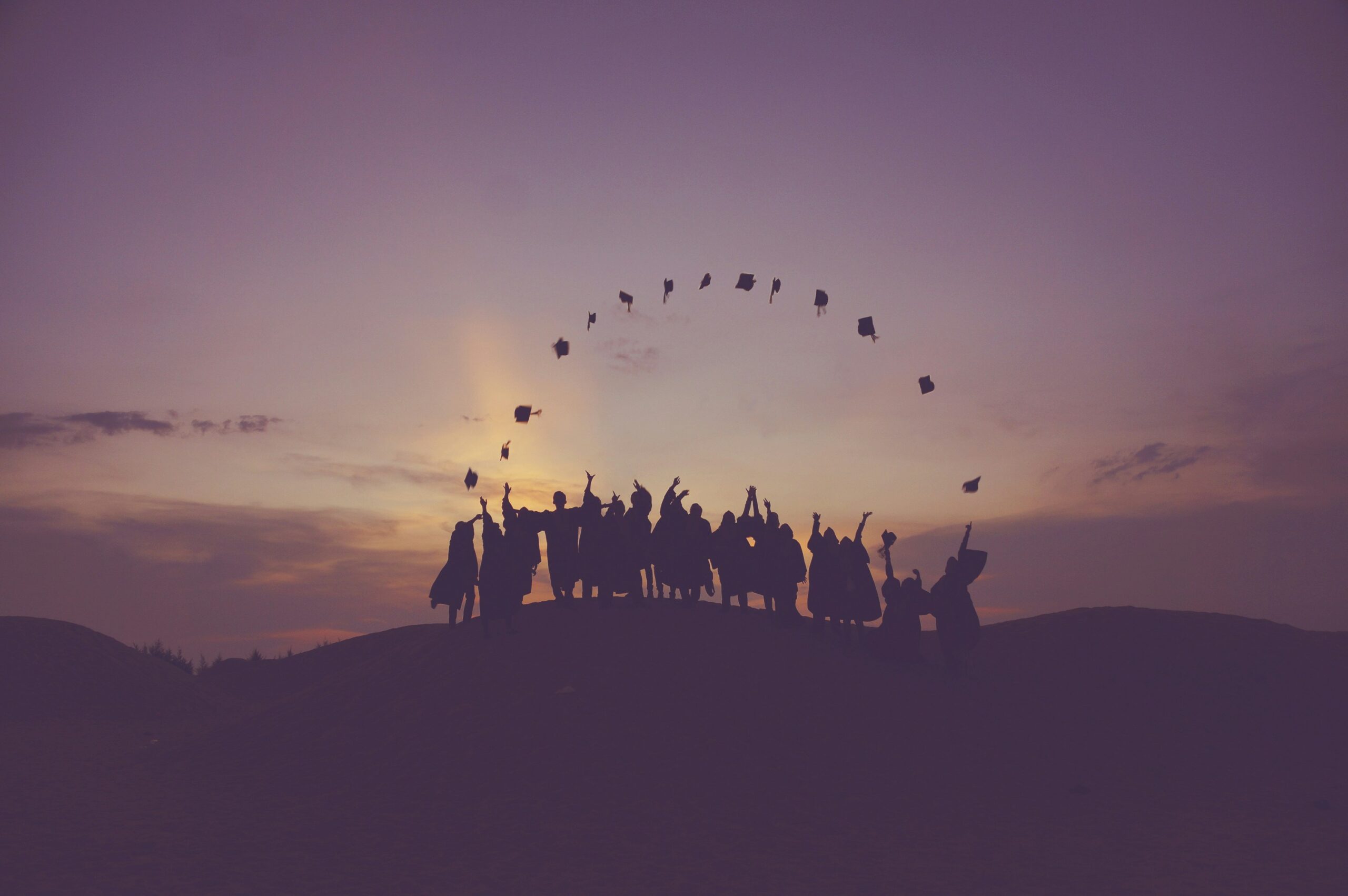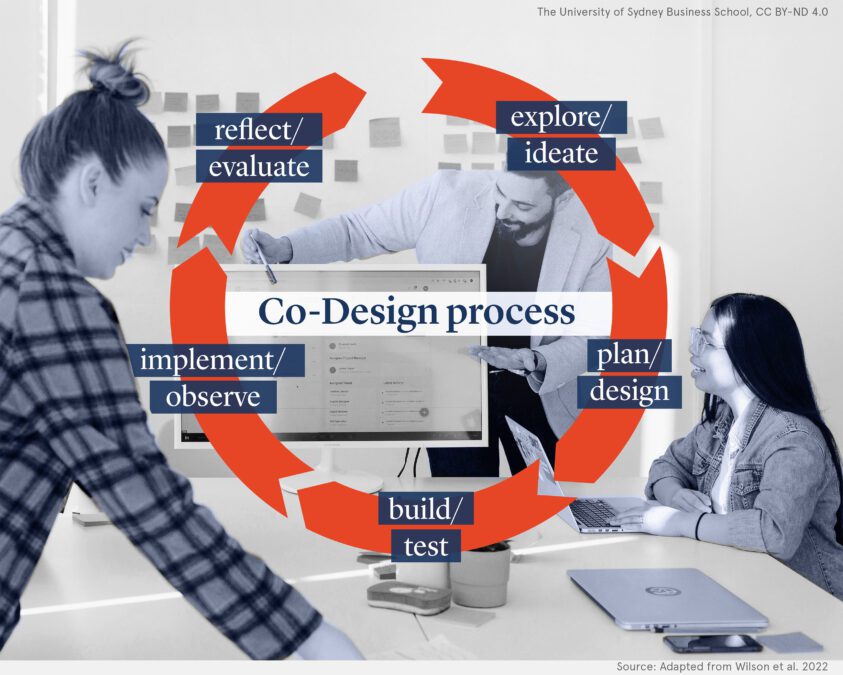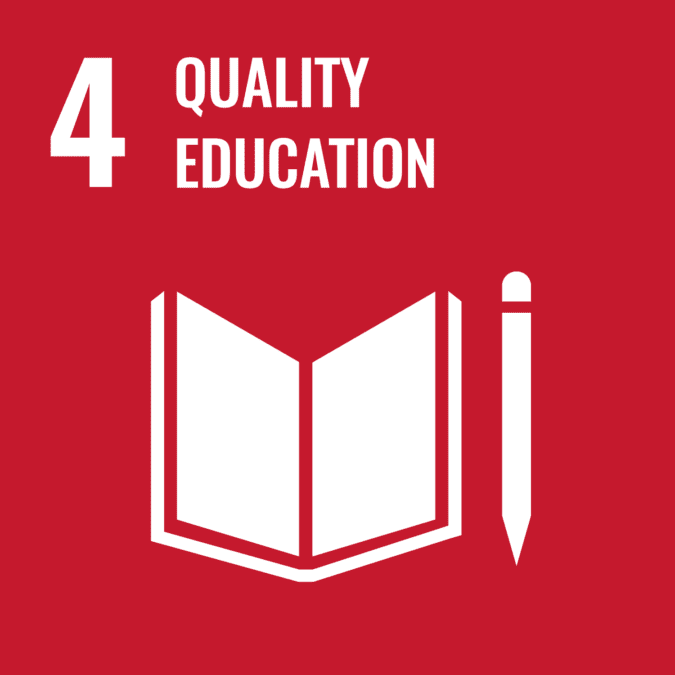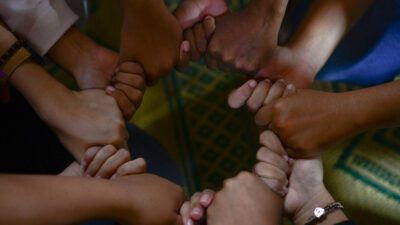Stephanie Wilson

SDGs by 2030 – are we on track?
Co-designing better educational futures
If I had to select a single word to encapsulate what higher education ought to embody in order to achieve these goals under SDG 4 by 2030, it would be ‘connected’.
In practice this means ensuring students are connected to other students, teachers, their discipline, and ultimately, society. Students should see their project work having the potential to feed into solving local and global challenges. The boundaries between university and society need to be much more porous, and students ought to engage in tasks that have value to society. But how do we design for learning that is both inclusive and transformational? Connectivity starts with the educational design process.
Co-design: embracing dissensus and multiple perspectives

Only meeting 15 percent of SDG targets half way to deadline implies a deficiency in current educational design practices. We need to rethink how we get there. As suggested by Macgilchrist (2023), it is crucial to recognize that designing for education is intertwined with politics, personal relationships, legacies of exclusion and oppression, and the impact on the planet.
Co-design, as defined by Zamenopoulos & Alexiou (2018), is where people connect their knowledge, skills and resources to carry out a design task. In the Business Co-Design team at The University of Sydney we use a co-design approach to developing curricula, drawing on the experience of teachers, students, educational developers, learning designers, industry partners and others. We also research what effective co-design looks like in higher education and how it will lead us to preferred educational futures.
Realistically this means embracing dissensus and the co-existence of multiple positions for communal knowledge in education (Jandric et al. 2023). We need to encourage a multiplicity of views and engage in a more democratic approach to design that breaks down hierarchies and decentralises decision-making. It means bringing in different expertise, adopting multiple perspectives and together making something that really couldn’t be done without that shared competency.
Building a bridge between goals
Education is one SDG that explicitly underpins the success of other development goals. For example, SDG 8 (decent work and economic growth) includes a target on the development of skills for employment, and SDG 1 (no poverty) and SDG 13 (climate action) include targets around improving education and awareness of climate change.
Whose designs and whose futures?
Designers have a responsibility to society and nature. We need to test, document and share co-design processes that build capacity and empower participants in educational design (Vallis et al., 2021). We also need to prioritise relationship building as we embark on a more connected path to socially impactful education, and direct our collective efforts towards “matters of concern” (Latour, 2008). As suggested by Macgilchrist (2023) we must continue to ask questions when designing for education such as “whose designs are we talking about?” and “whose futures are at stake?” By designing connected learning experiences for students that add value to society, we can create a better future together.

Sustainable Development Goal (SDG) targets addressed:
Target 4.3 By 2030, ensure equal access for all women and men to affordable and quality technical, vocational and tertiary education, including university
Target 4.7 By 2030, ensure that all learners acquire the knowledge and skills needed to promote sustainable development, including, among others, through education for sustainable development and sustainable lifestyles, human rights, gender equality, promotion of a culture of peace and non-violence, global citizenship and appreciation of cultural diversity and of culture’s contribution to sustainable development
Resources
Student assignment
- Identify a small-scale educational challenge within your community. Outline the co-design process you will use to collaboratively design a solution to that challenge.
- Reflect on how the co-design process would enhance the project’s effectiveness and outcomes.
- Discuss strategies for scaling up the project to have a broader impact on the community or beyond.
Further reading
Articles
- Macgilchrist, F., Allert, H., Pargman, T. C., & Jarke, J. (2023). Designing Postdigital Futures. Which Designs? Whose Futures? Postdigital Science and Education.
- Wardak, D., Wilson, S., Zeivots, S. (2023). Co-design as a Networked Approach to Designing Educational Futures. Postdigital Science and Education, Published online: 15 September 2023.
- Zamenopoulos, T., & Alexiou, K. (2018). Co-Design as Collaborative Research. Bristol: Bristol University/AHRC Connected Communities Programme.
- Vallis, C., Wilson, S., Tyrrell, J., Narayan, V. (2022) Co-design as Professional Learning: Pulling Each Other in Different Directions, Pulling Together. In D. Forbes, R. Walker (Eds.), Developing online teaching in higher education: Global perspectives on continuing professional learning and development, (pp. 133-146). Cham, Switzerland: Springer
Dr Stephanie Wilson's research spans peer learning, educational futures, studio learning, and the designed environment in higher education.
Share
We believe in open and honest access to knowledge. We use a Creative Commons Attribution NoDerivatives licence for our articles and podcasts, so you can republish them for free, online or in print.



